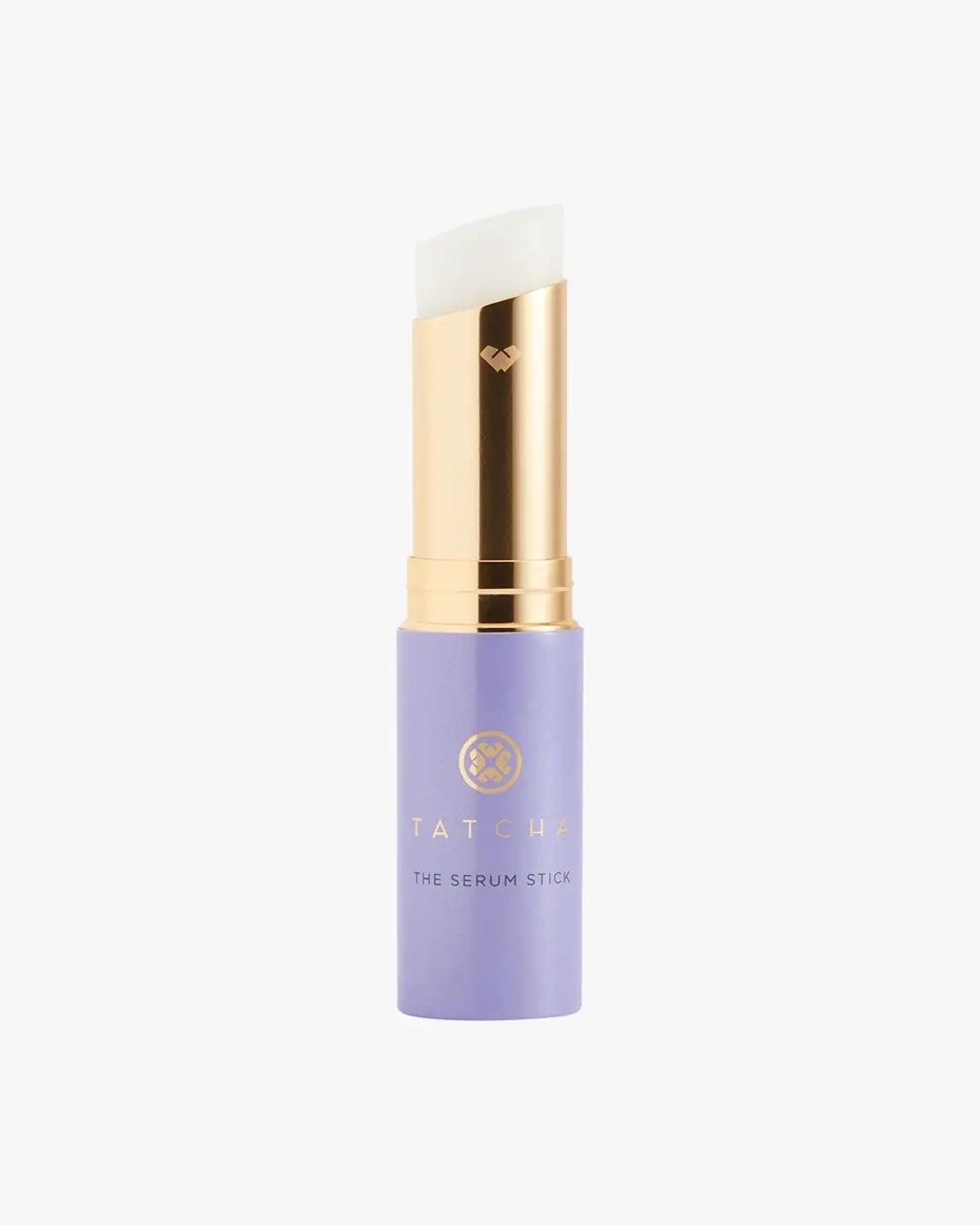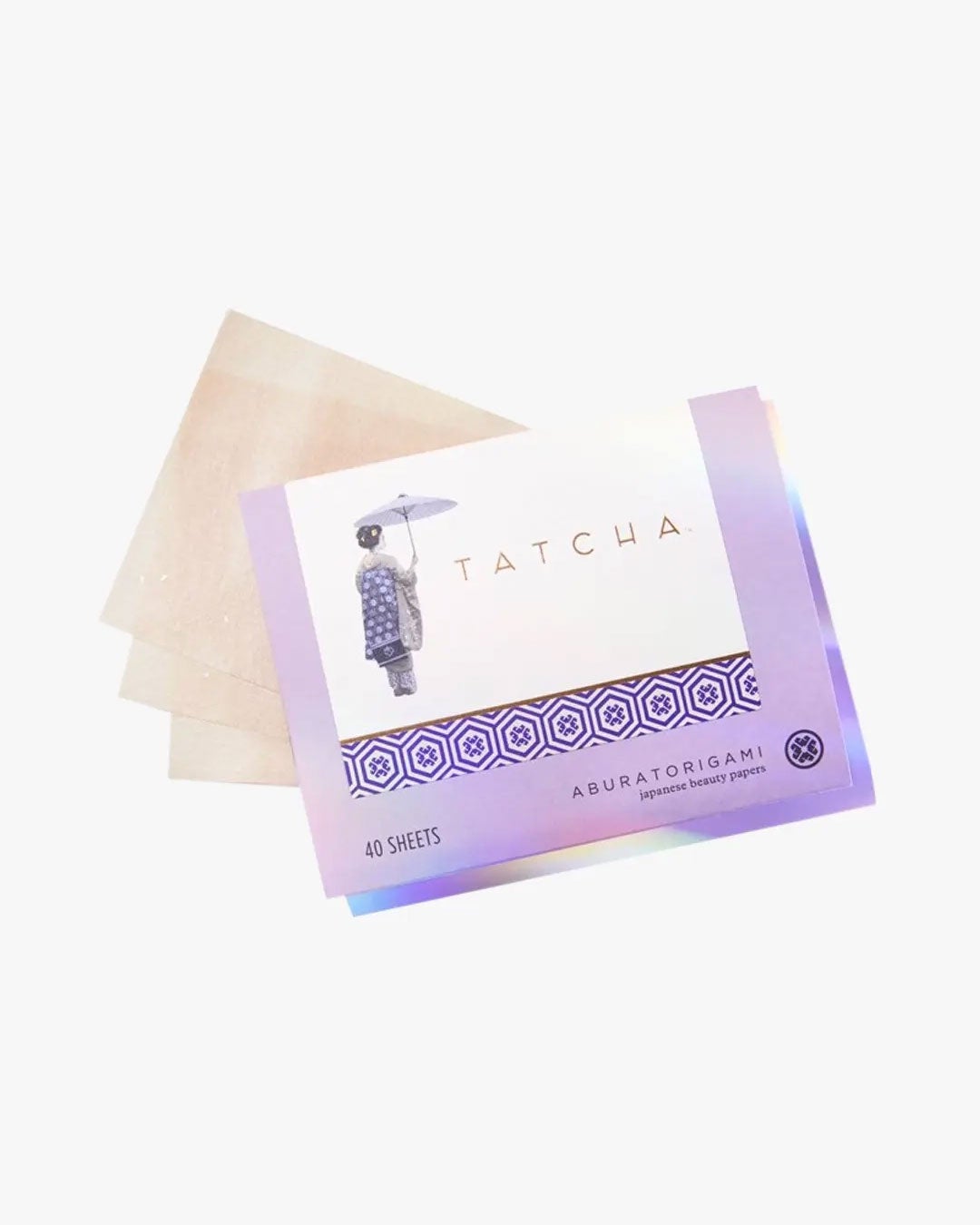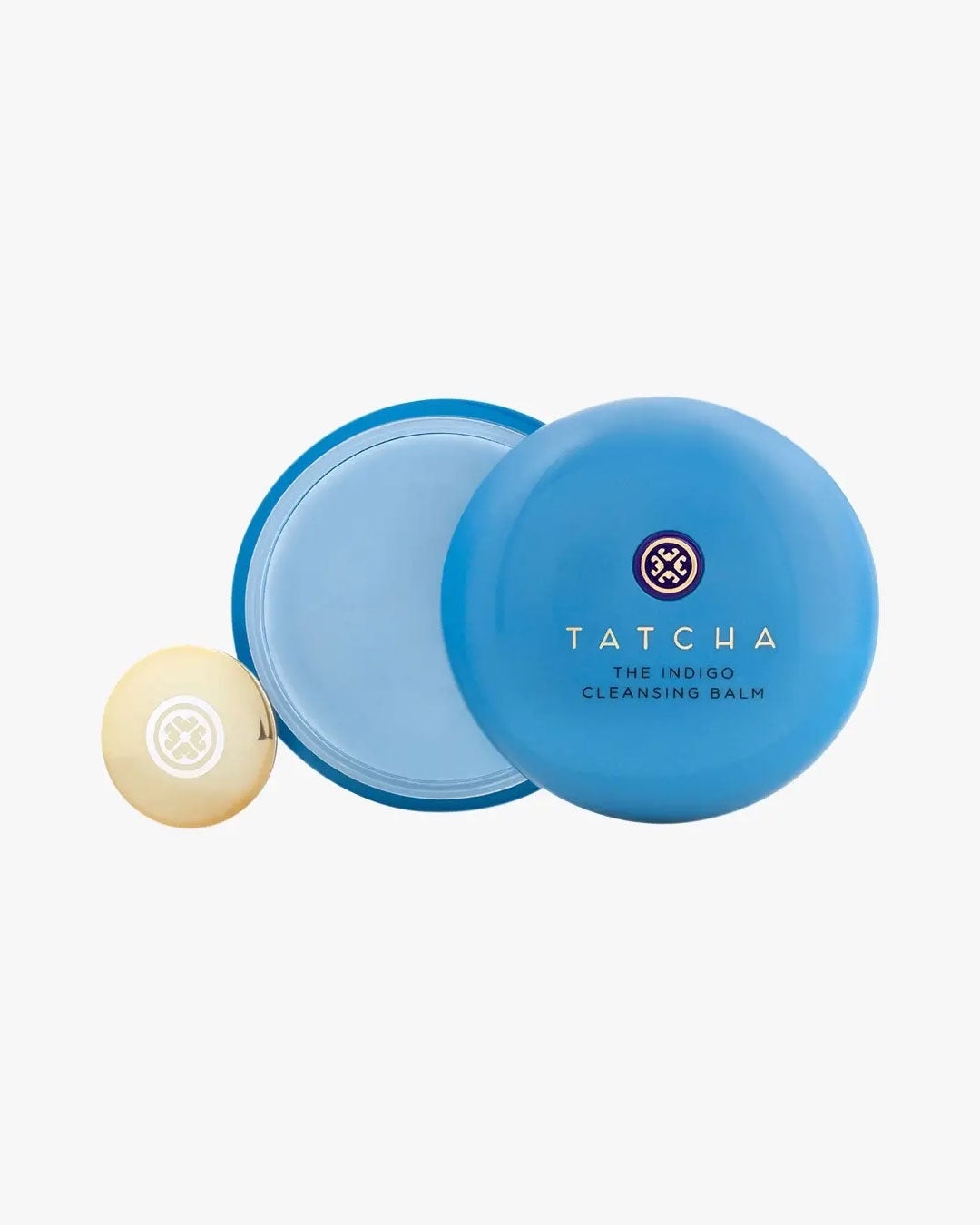Is Crease-Free Eye Makeup A Total Scam?
Photo: Courtesy of Angela Law.
Brightening up tired under-eyes or attempting to cover hereditary dark circles with concealer is a pursuit many makeup-wearers would deem worthwhile. The under-eyes are one of the more fickle areas to master makeup application in, particularly when even a whisper of concealer can quickly crease, sometimes leaving you feeling more tired than when you started.
Makeup creasing is a common complaint, particularly if the 103.7 million views on #makeupcreasing on TikTok is any indicator, and perhaps nowhere more than under our eyes. (Proving my point is a further 60.4 million views on #creasefreeundereyemakeup.)
Figuring out a routine that will leave me looking fresh and crease-free is something I’ve pursued for years, experimenting with both lightweight and heavy-duty coverage; balmy, liquid, and firmer cream formulas; and both a light dusting and bakery’s-worth of powder. Frankly, creasing can be a very annoying result of wearing makeup.
AdvertisementADVERTISEMENT
To be clear, creased under-eye makeup isn’t something I’m losing sleep over — after all, skin has creases, pores, and discolouration, and there’s nothing wrong with that. But finding a reliable routine that keeps your makeup in place all day long also isn’t a dirty desire to have.
So, when I had the chance to sit down with Daniel Martin, the Global Director of Artistry at Tatcha and a celebrity makeup artist (he has worked with Nicola Coughlan, Ali Wong, and Meghan Markle countless times), I had a long list of questions. Starting with under-eye makeup tips. I wanted to know where I, a chronic creaser, am going wrong, and whether it’s the concealers I’m using and/or the way I prep my skin before makeup. Unfortunately, his short answer is that the culprit could be either, or both, of those things.
I've largely come to terms with my under-eye area creasing throughout the day (my face has creases, so it's not exactly a crime for makeup to settle into them), but along with my existing strategy of using predominantly cream products that I can pat down throughout the day, I also left my conversation with Martin with a few helpful tips to minimise it.
What Causes Under-Eye Makeup Creasing?
According to Martin, there are likely two reasons your makeup is creasing. “Something’s dehydrating that area, or there are too many emollients in the [makeup] product that you're using,” he tells Refinery29 Australia. Emollients are skincare ingredients, like ceramides, and are included in many moisturisers and hydrating products to draw water into the skin.
AdvertisementADVERTISEMENT
When working with clients, Martin regards the skin prep phase as being equally important to the actual makeup application, which is why his alignment with Tatcha makes perfect sense. “The [skincare] ritual is so important because it enables me to see the state of the skin before makeup,” he explains. “If I can tell that the skincare is sitting on top of the skin, I need to figure out how to get it into the skin.”
Martin explains that figuring out what’s causing your undereye makeup to crease is more or less about taking a look in the mirror. “My tip would be, after you've done your skincare ritual and your makeup, to wait an hour afterwards, [which] really enables you to see what lasts and what doesn't last,” he explains. “If you start creasing in that area soon afterwards, then yeah, whatever you put underneath it is separating the makeup, or there's too much emollient in the makeup.”
To overcome this, Martin suggests using the Tatcha Original Aburatorigami Blotting Papers, $20, to lift off any excess product on your skin. (He demonstrates holding the paper over the skin and gently tapping it against the skin with your other hand.) “You can use the blotting papers to lift off any moisture before applying your concealer or using The Serum Stick to add some hydration back if you feel like it's a little dry and cakey.”
The Serum Stick, $80, is a Tatcha product that Martin points to a few times during our conversation, and at one point, admits that it might just be his favourite Tatcha product, thanks to its lightweight formulation and ability to play nicely both under makeup, and over it to revive crusty makeup at the end of the day.
AdvertisementADVERTISEMENT
How Can I Apply My Makeup To Avoid Creasing?
When I asked Martin for tips on how to apply makeup to the under-eye area, it was clear that a little bit of trial and error would be involved. He explains that, for starters, he doesn’t “do a lot with the eyes in terms of eye cream”, likely to limit the emollient load (my words, not his) to the area. Continuing the theme of ‘less is more’, Martin emphasises that slowly building up the coverage of your concealer to where you want it will result in a more even and long-lasting finish. “It's always easier to start lighter and build,” he says.
Martin also explains that some application techniques popularised on TikTok might not give you the best results. “I know some people go in and do the eye area first and then just let it sit, like the whole baking situation, or [they’ll apply] concealer here and here (he indicates the inner and outer corner of the eye), then go do other things, and come back to buff it out. That is actually adding more stress to that area,” Martin says. "I guarantee, an hour later, they're having to retouch that spot again.”
Martin admits that finding the balance between covering any discolouration or overcoming dryness is more about figuring out what’s most important to you. “It's a tricky balance,” he admits. “But there are so many incredible products out there, it's just trying to figure out what works for you.”
Want more? Get Refinery29 Australia’s best stories delivered to your inbox each week. Sign up here!
AdvertisementADVERTISEMENT









